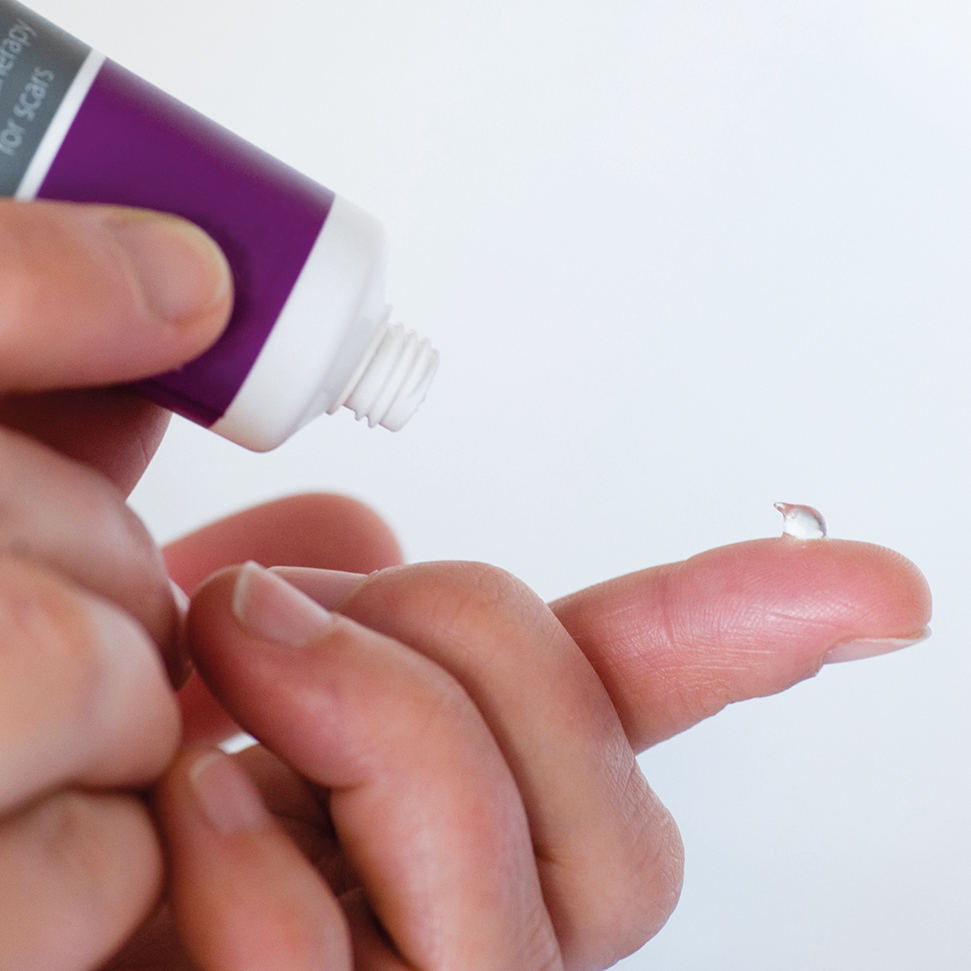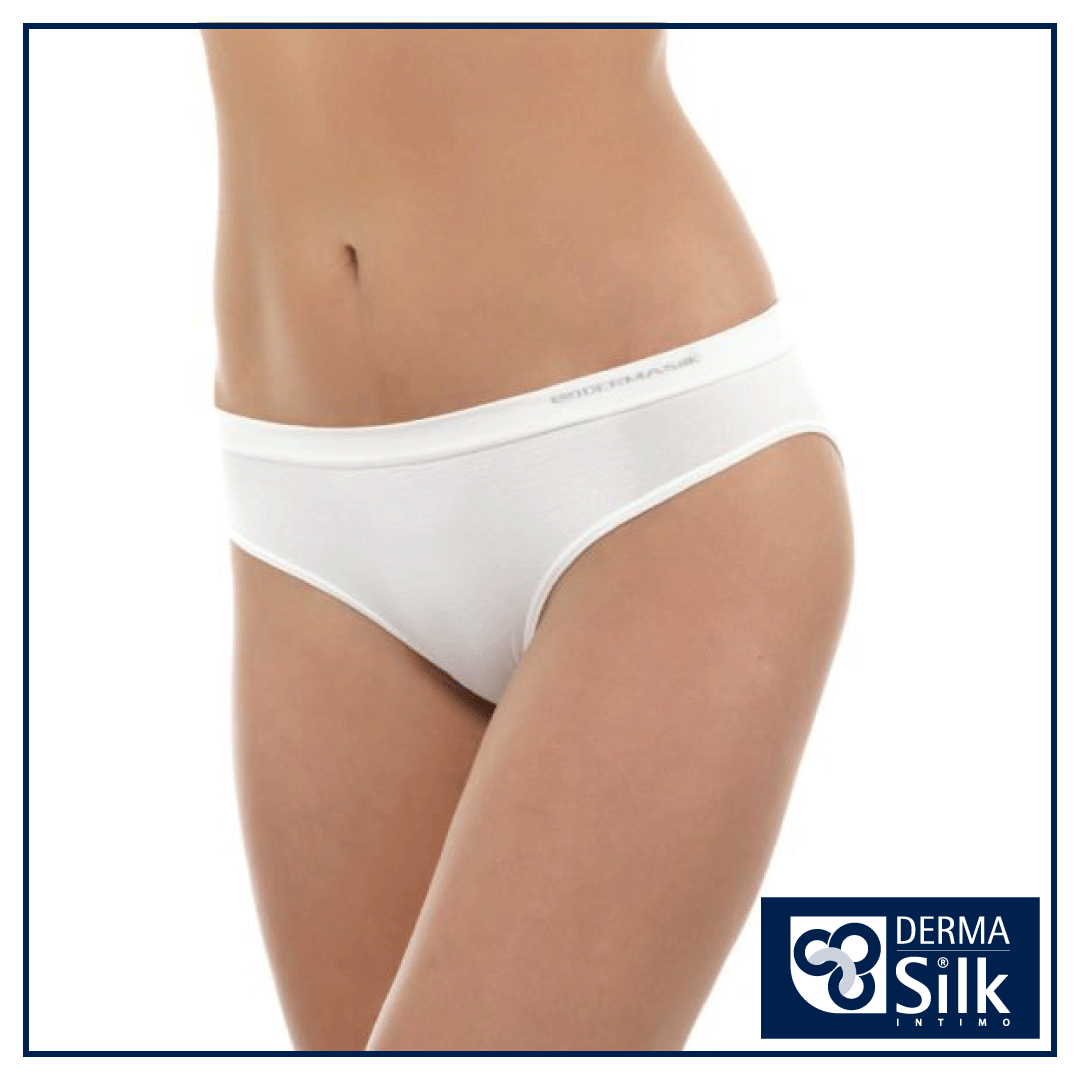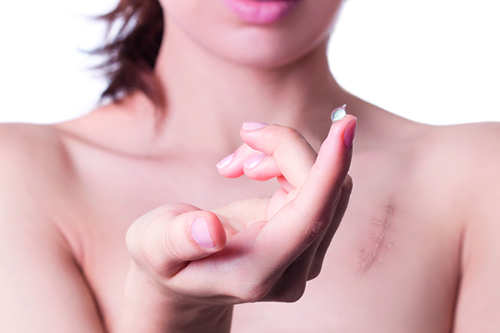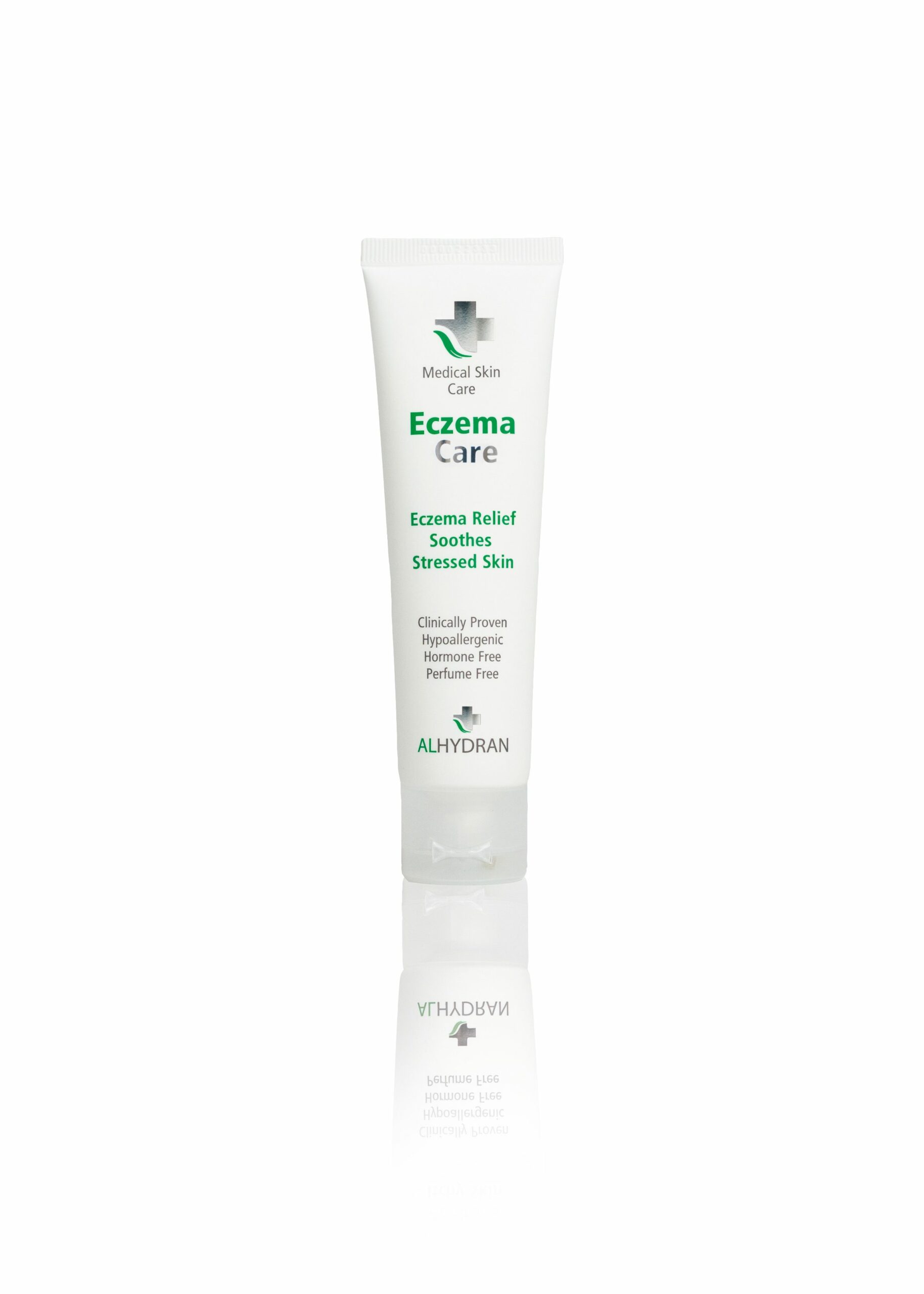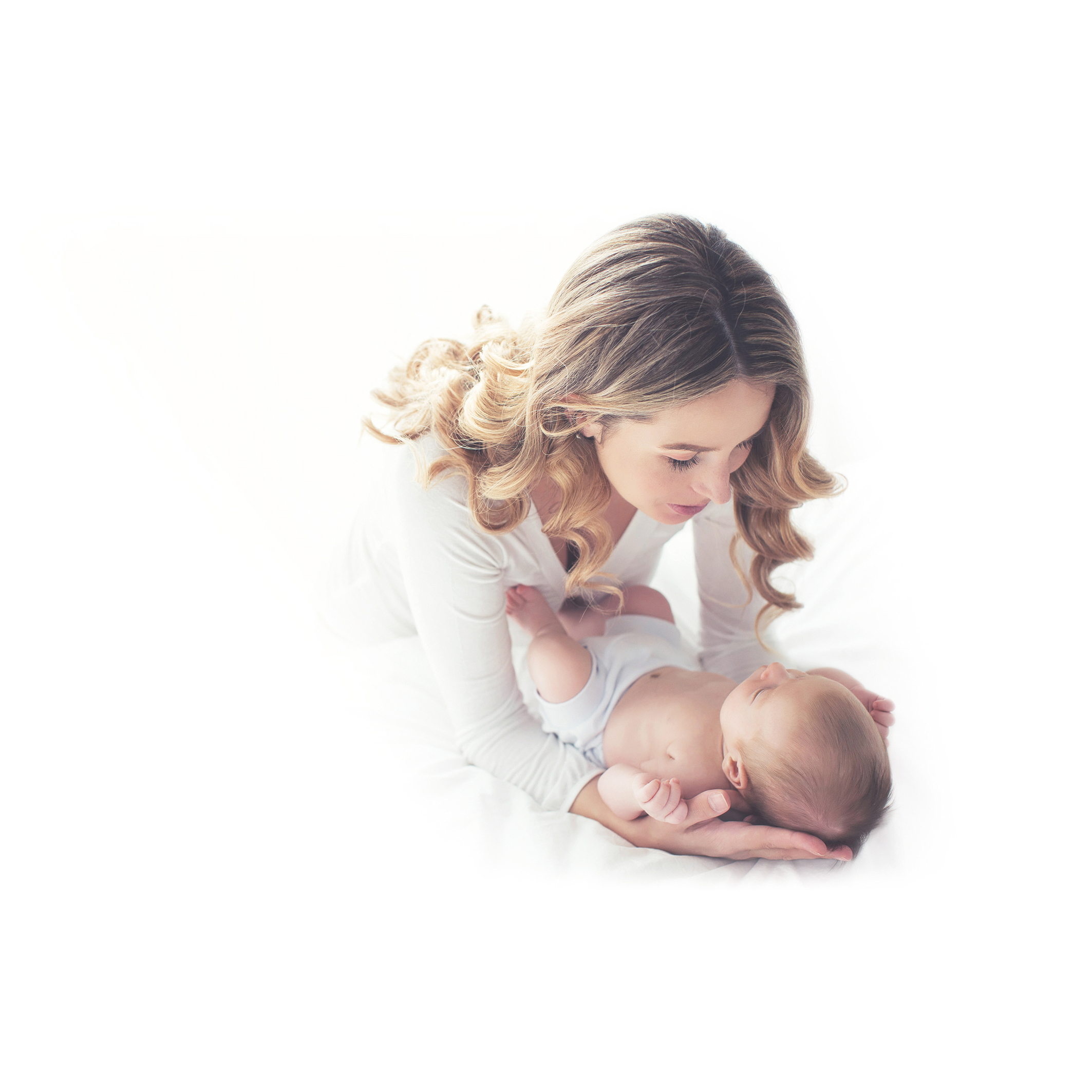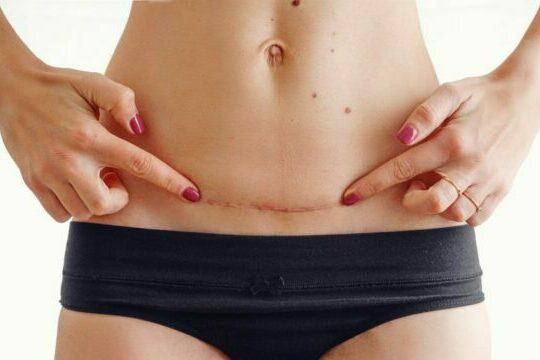Can you remove or treat a keloid scar?
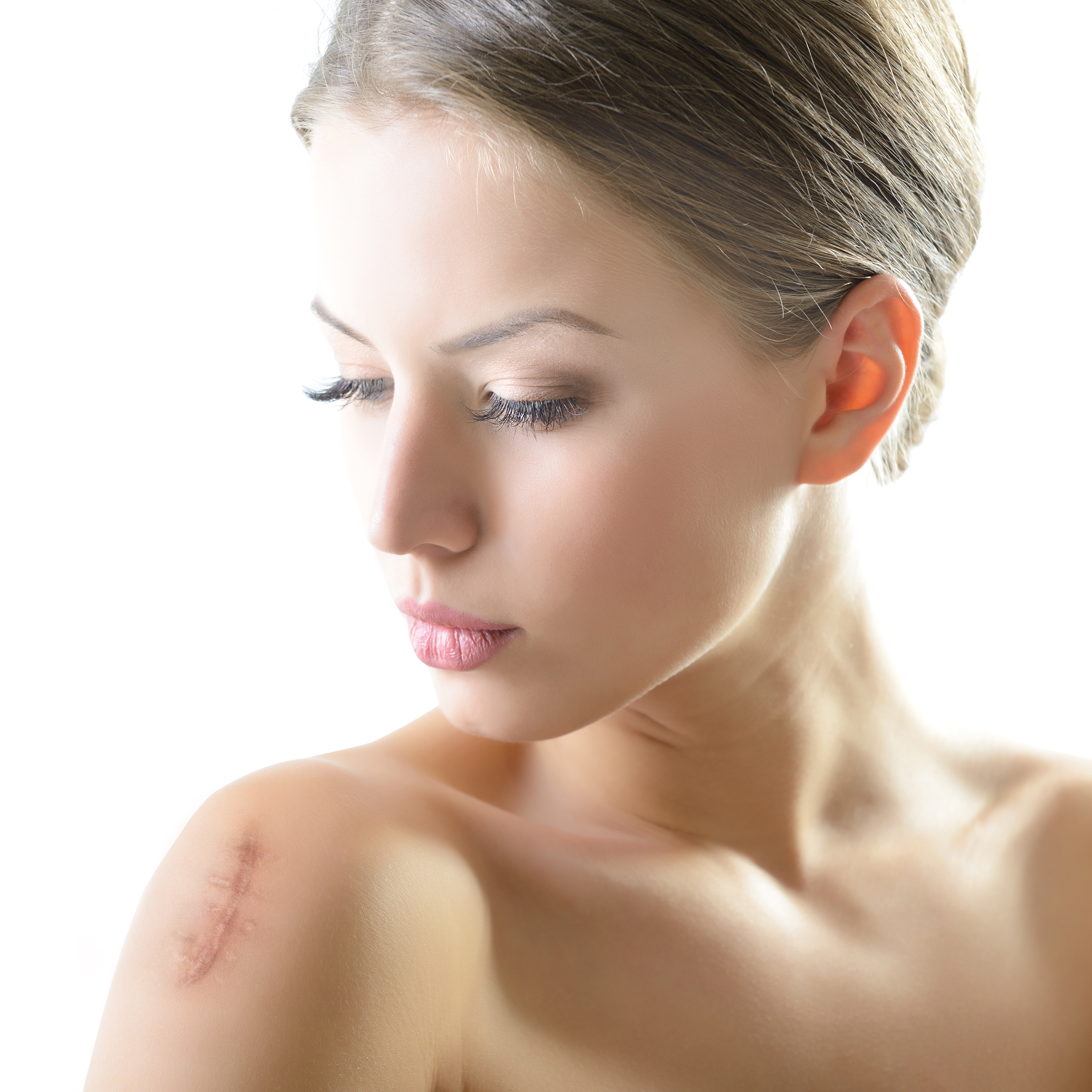
No one wants a scar but when there is a keloid scar, it can be extra annoying. It can cause a lot of issues for people. Unsurprisingly, you're wondering if you can remove a keloid scar and what are the alternatives.
What is a keloid scar?
A keloid is a stiff and raised scar that grows beyond the boundaries of the original injury and continues to grow (proliferate) for a long time. Your skin then produces excessive scar tissue. It is also known as abnormal scar tissue or 'wild flesh scar'.
A keloid scar is called an abnormal scar. This means that this type of scar grows differently than a normal scar. In addition to a keloid, there are also hypertrophic scars and atrophic scars, forms of abnormal scars.
Characteristics of a keloid scar
A keloid can occur with any form of skin damage. Such as in the case of a surgical wound, burn, vaccination, after getting a tattoo or piercing (i.e. at the ear/helix) and after a caesarean section.
A keloid can even develop spontaneously, without any damage to the skin. Keloids on the sternum are an example here.
A keloid scar:
- Is thickened
- Continues to grow in healthy skin (proliferate)
- Is often darker and purple
- Causes annoying symptoms such as itching, pain and pulling of the skin
- It sometimes causes mobility problems when it is in certain places. Such as the elbow, hand and other weights.
- It is also true that a keloid scar can occur immediately after your wound is closed. But sometimes it only arises over time. And a keloid rarely returns to normal on its own. Treatment is therefore necessary.
Risk factors in the development of a keloid scar
Several circumstances or risk factors can lead to a greater chance of developing a keloid scar or another type of abnormal scar. It is better to treat your scar as a precaution if you recognize one of these risk factors in yourself.
- The severity and cause of the injury. The deeper and larger the wound, the greater the chance of an abnormal scar.
- The wound is not flush with the skin lines. An accidental wound often runs against the skin's direction. This is in contrast to a surgical wound. A scar that is not flush with the existing skin lines is more likely to become abnormal. A medical specialist therefore always tries to make a surgical wound in line with the skin. This is to reduce the risk of abnormal scars.
- Speed wound healing. Wounds with delayed healing that are not closed after 2 to 3 weeks have an increased risk of developing into an abnormal scar.
- The location of your scar. Places on your body where there is tension on the scar are an increased risk. For example, in the case of joints.
- Skin colour. People with dark skin and people with red hair in combination with a (very) light skin tone are at greater risk of an abnormal scar.
- Genetic predisposition. Genetic factors play a role in the development of an abnormal scar. If a family member has had an abnormal scar in the past, there is a greater chance that you will also get an abnormal scar when a wound occurs.
- Age. At a young age, you are more likely to have an abnormal scar. Younger skin may heal faster, but it also grows faster. As a result, a child is more likely to have an abnormal scar than an adult.
Removing a keloid scar, is that possible?
There are methods to remove a keloid scar. But that can have consequences. Read the different methods below.
Nitrogen Treatment / Cryotherapy
There are nitrogen treatments that freeze keloid scars from the inside out. Its medical name is Cryotherapy. It is a well-known method that is mainly used for warts.
During this procedure, the keloid is anaesthetized, after which a hollow needle is inserted through the scar. The keloid is supposed to flatten out with this. This in turn has the disadvantage that the remaining keloid can become a bit redder.
Excision of the scar
Another option is to remove a keloid scar by cutting it away during surgery. After excision, the wound is closed with stitches.
Because there is a chance that the newly created scar will become even larger than the original scar, surgery is rarely chosen. Excising a scar is a method that is sometimes used in combination with cryotherapy.
Corticosteroid injections (intralesional TAC (40 mg/ml) injection)
In this method, surgeons choose to inject the scar with a small amount of corticosteroids. The fluid is injected directly into the keloid tissue. This can be a painful treatment and to ease the pain, the corticosteroid is often diluted in an anesthetic fluid (lidocaine). This treatment can result in a long-term process. Multiple injections are often needed before the keloid becomes smaller and softer.
Radiotherapy or radiation
In the case of very stubborn keloids, one of the last means used by a plastic surgeon is radiotherapy or radiation. In this treatment, the keloid is reduced in size (shrinkage) during an outpatient procedure.
Treating a scar instead of removing it, how does it work?
Above we mentioned several methods to have your keloid scar (partially) surgically removed. There are risks associated with this. You can therefore also try to slow down the growth of a scar as much as possible.
Treating a keloid scar with silicone sheets
You can easily perform a treatment method with a silicone sheet yourself at home. Silicone sheets are also used in hospitals or other treatment centres. You stick a silicone sheet on your scar.
By covering the scar with a silicone sheet, the moisture loss of your scar is normalized to almost the same level as the surrounding skin. This improves hydration and restores moisture balance. In response, the scar becomes smoother, flatter, less red, and calmer. Any itching or irritation of the scar is soothed or even removed.
There is no cutting into the skin and the scar is not penetrated in any other way.
The focus with silicone sheets is therefore not on removing, but on preventing or treating your keloid scar, whereby preventing a keloid scar is always better than treating it. That is why it is important to start using silicone plasters immediately after wound closure. It is a logical next step that you take after the wound has closed.
Share this post
About the Author

Topics
- Scarban
- Scarban
- Dermasilk
- Eczema
- Alhydran
- Therapeutic clothing
- BAPScarCare
- Sensitive Skin
- Eczema clothing
- Itching
- Varicose eczema
- Dermasilk wash and care instructions
- Jock itch
- Menopause
- Chemotherapy
- Clinical studies
- Size guide
- DermaTherapy bedding
- Night sweats
- Bedsores
- Insomnia
- Night Terrors
- Recovery
- Anti-microbial
- Stain-Resistant
- Vulvodynia
- Testimonials
- Eczema in kids
- Instructions for use
- Scar treatment
- Silicone sheet
- Facial scars
- Scars on hand
- Scar on finger
- Eczema
Tags



